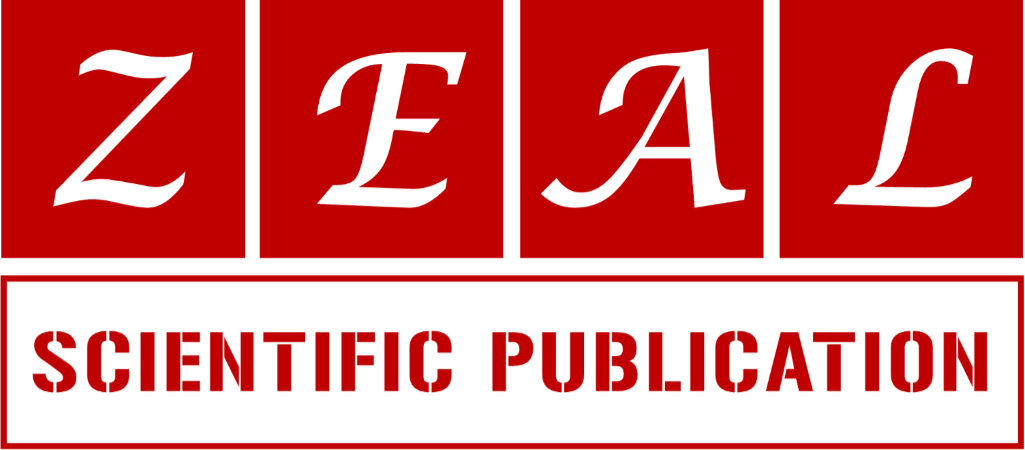Hysterosalpingographic interrogation of infertility at Lagos State University Teaching Hospital, Lagos, Nigeria
1 Department of Radiography & Radiological Sciences, Postgraduate School, Nnamdi Azikiwe University, Awka, (Nnewi Campus), Nigeria.
2 Department of Prosthetics & Orthotics, Federal University of Technology, Owerri, Nigeria.
Research Article
World Journal of Advanced Pharmaceutical and Medical Research, 2021, 01(01), 041–045.
Article DOI: 10.53346/wjapmr.2021.1.1.0018
Publication history:
Received on 10 May 2021; revised on 20 June 2021; accepted on 21 June 2021
Abstract:
Background: Infertility leads to stigmatization, marital instability, and enormous psychological stress. In recent times in Nigeria, there appears to be an upsurge in the number of couples investigated for infertility using hysterosalpingography (HSG).
Objective: To observe the trend of HSG findings at a foremost tertiary hospital in Africa.
Methods: Using an inclusion criterion of patients who had an initial ultrasound scan prior to HSG as noted from radiologists’ reports, a sample size of 623 radiographs concluded between April 2014 to April 2019 was consecutively enlisted from a population of 2,624 cases. Patients’ demographic information were extracted from their request cards and radiologists’ reports.
Results: Patients were aged 22 – 54 (mean: 36.30 ± 6.00) years. Hysterosalpingography findings indicated that secondary infertility was more prevalent and with fibroid (n = 198, 31.80 %) and congenital anomalies (n = 24, 3.80 %) were the most and least prevalent abnormality, respectively.
Conclusions: Although the ages of patients presenting for HSG investigations at the centre had increased, secondary infertility remained the more prevalent type, but with minimal drop in percentage.
Keywords:
Infertility; Hysterosalpingography; Uterus; Fallopian tubes; Fibroid
Full text article in PDF:
Copyright information:
Copyright © 2021 Author(s) retain the copyright of this article. This article is published under the terms of the Creative Commons Attribution Liscense 4.0
